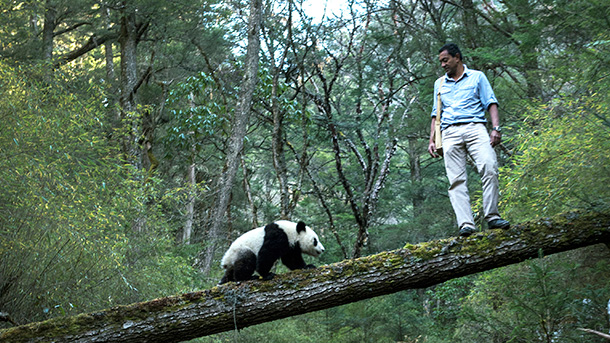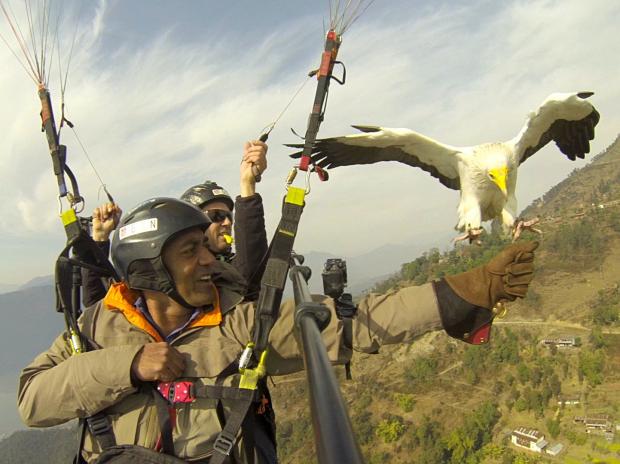
People have irreparably changed our planet. We inhabit every corner of the globe. We literally move mountains and change the course of rivers. With more than 7 billion people living on Earth, it begs the question:
Can humanity learn to live in harmony with natural ecosystems?
An Upside-Down Idea
If you read NatureOutside, you will probably hear me say
Ancient man viewed himself as a part of nature, not apart from it.
Our modern view seems to make little allowance for nature. Yet there is growing evidence that dissociation from nature imparts huge costs to us as a society and as individuals. And there is mounting scientific evidence that human activities threaten the very biology that makes our planet habitable.
Earth – A New Wild debuts on PBS television tonight. It takes my idea and stands it on its head. It claims we cannot go back to ancient man’s relationship with nature. Instead we must develop a new view of nature in which modern man is part of the landscape. It asks the fascinating question: Can we forge a new harmony with the natural world?

The host “parahawking” (Photo by M. Sanjayan / PBS)
Earth – A New Wild
Here is an excerpt of the series description PBS released:
EARTH A New Wild takes a fresh look at humankind’s relationship to the planet’s wildest places and most fascinating species…
Produced by National Geographic Studios in association with Passion Planet, the series is hosted by Dr. M. Sanjayan, leading conservation scientist, who takes viewers on a stunning visual journey to explore how humans are inextricably woven into every aspect of the planet’s natural systems.
With 45 shoots to 29 different countries, the series features spectacular natural history footage from the most striking places on Earth, filming encounters between wild animals and the people who live and work with them. With up-close looks at a range of species, from giant pandas to humpback whales and African lions to Arctic reindeer, Sanjayan reveals that co-habitations with animals can work — and be mutually beneficial.
EARTH A New Wild uses advanced filming techniques to provide visuals as stunning as the best natural history programs. Distinguishing itself from nearly all other nature films, however, the series turns the cameras around, showing the world as it really is —with humans in the picture.
I have not previewed the program. So I will be watching it with great interest. I heard the host interviewed on NPR this afternoon. He pointed out that we take for granted what is most important to us (for example our health). When it is gone, we scramble to get it back at great cost.
He was hopeful that humanity can forge a “new integrity with nature,” so we would not have to scramble to get it back. He cited countless unexpected examples of people living in harmony with nature around them.
I found that a very heartening message.
A preview of the series can be found here: Series Preview
UPDATE: PBS placed the entire episode 1 online here: Episode 1.
NOTE: Apparently the Sami people partially castrate reindeer by biting their testicles (the reindeers’). I plan to watch the program this evening but I have been told that this is shown during the episode.

Photo by PBS
What do you think of the series? Let me know in the comments below.
More of the Natural World at NatureOutside
If you enjoyed this article, you may like others in the Nature Section and the Parent’s Corner.


Leave a Comment